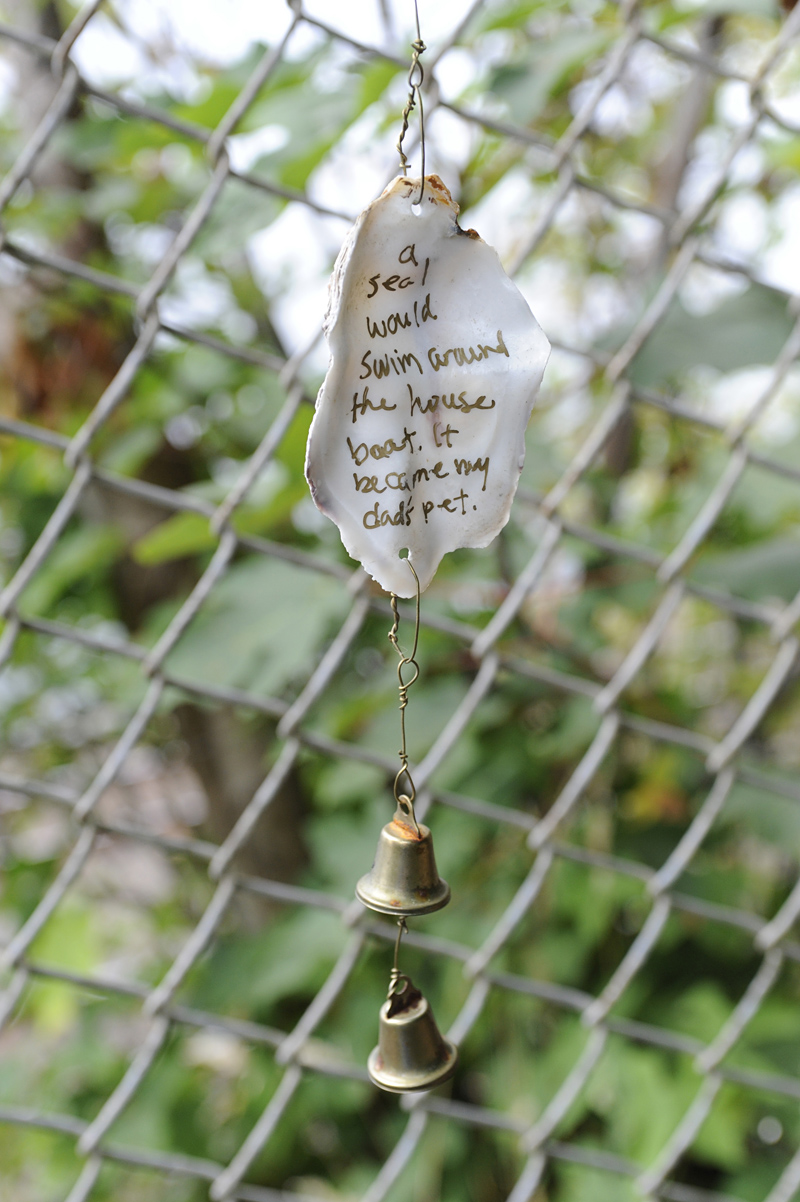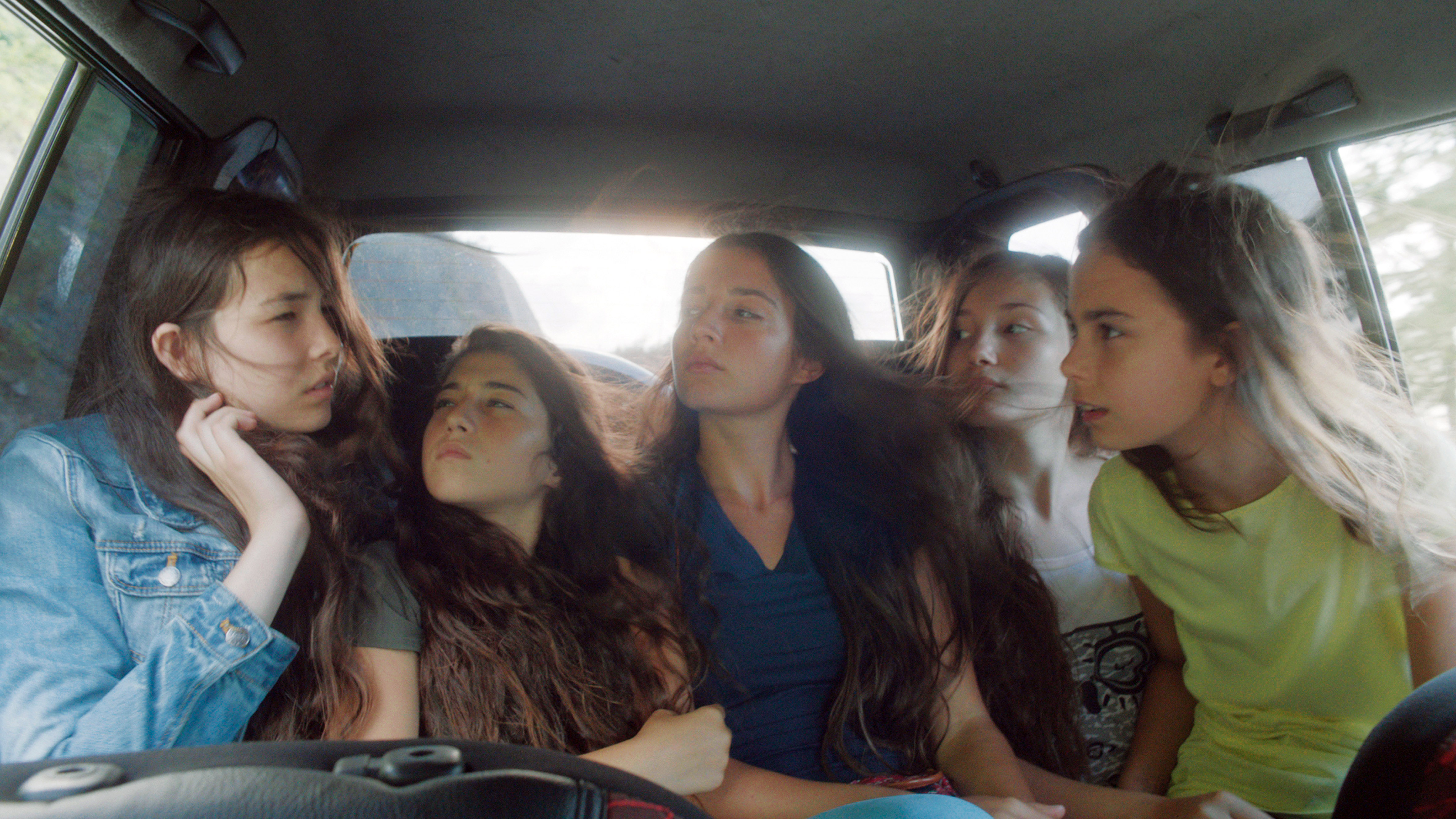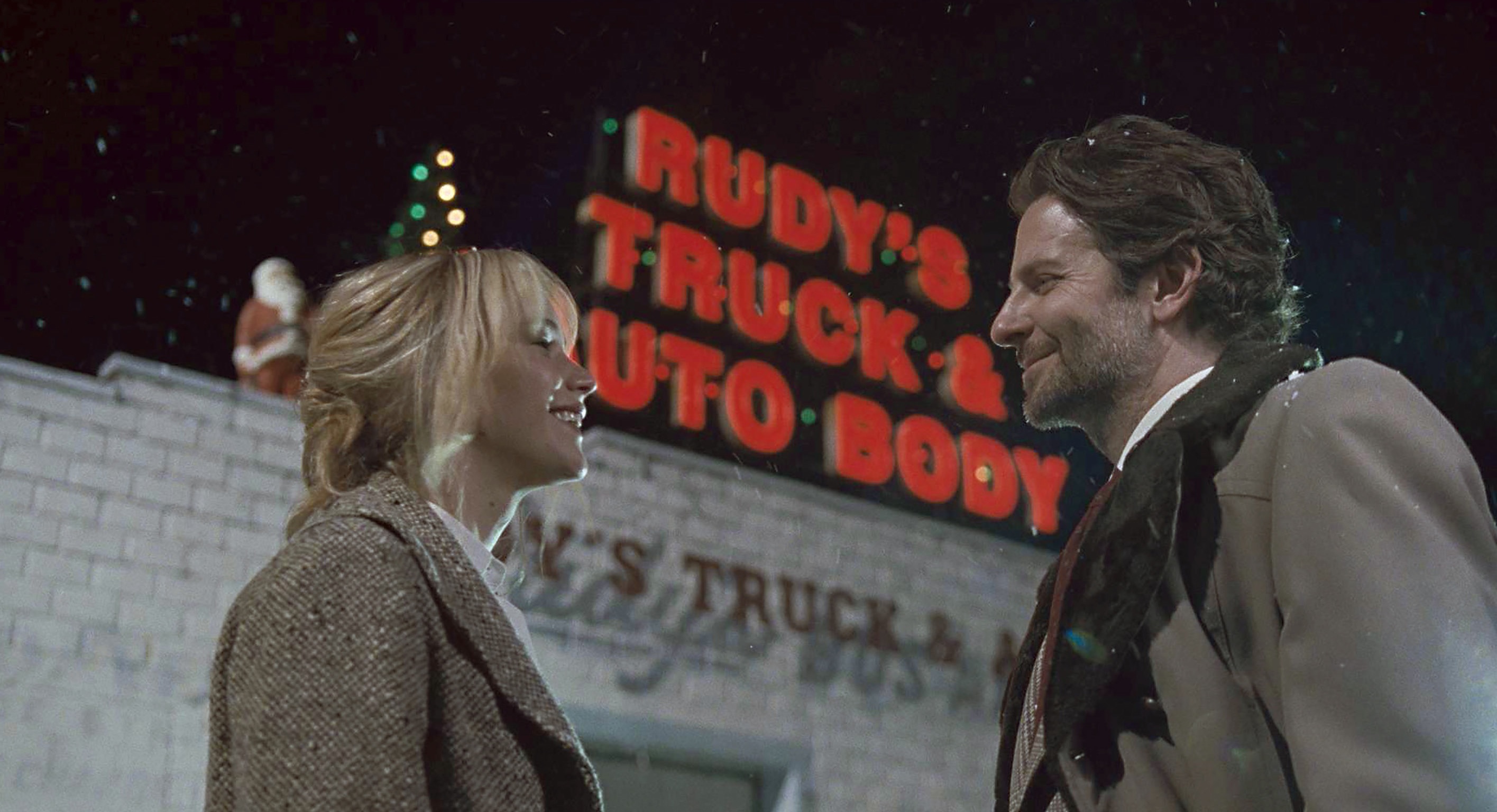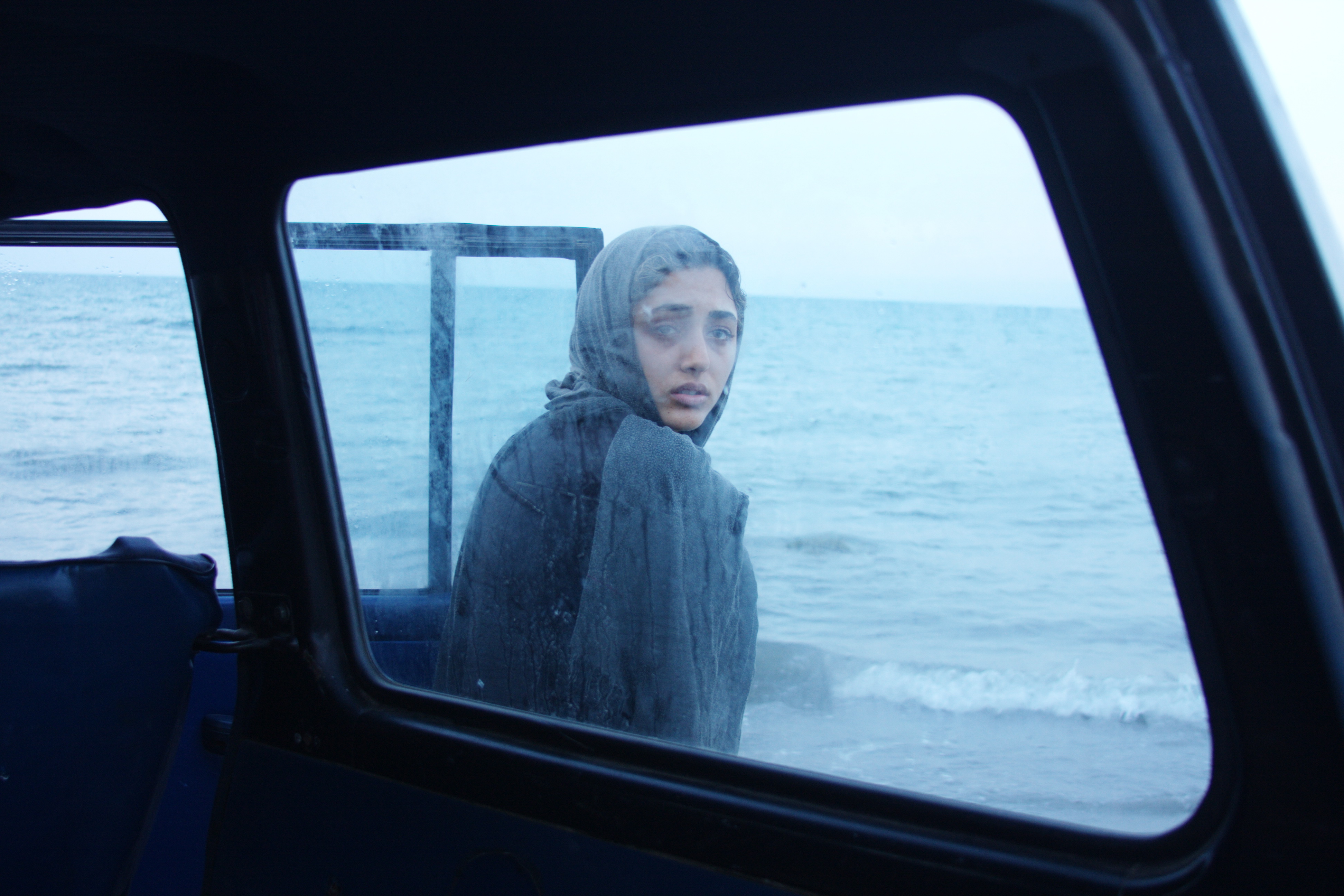Let’s say you went to see some new exhibit at SAM, but there between the paintings were a few blank spots where the wall cards read “This work was destroyed by a visitor.” How would that make you feel? Or if, on First Thursday, one of the galleries at the Tashiro Kaplan Building were a freshly burnt-out cavity, the smoldering entrance marked with police tape? And finally, this worse hypothetical: What if someone told you in advance that the art you meant to see might already be stolen or vandalized by the time you arrived?
That’s part of the dilemma, and the urgency, to the Center on Contemporary Art’s fourth annual outdoor art show at Carkeek Park, this year called Rootbound. Curator David Francis selected 18 artists to deploy temporary installations in the woody North Seattle ravine, which has no museum guards or minders, unlike the Olympic Sculpture Park. Though Carkeek closes at dusk, there are a dozen entrances to its many dark, serpentine footpaths. And it’s long been a favorite locale for teenage keggers (and a few homeless campers). The artists likely understood there were some risks. Last year, my favorite piece was a slatted cedar orb hung in a small stand of trees, but park maintenance workers removed and destroyed the thing, having no idea what it was. (All works are identified by little concrete markers with QR codes for your smartphone; maps can be downloaded from cocaseattle.org.) This year’s exhibit opened June 23, and within weeks an installation had been burned down. Another piece, Indian dream catchers, apparently had been stolen in its entirety. Still more suffered what CoCA calls “a particularly aggressive public attitude”—meaning more bits and souvenirs were broken off or removed.
After two months of such loss and abuse to the art, I had no idea what would be left during my Saturday stroll. In the old Piper orchard, a couple of friendly drunks were harvesting apples. They had booze, bikes, and a yapping dog. “What are you looking at?” one asked. “The art,” I said, snapping photos of Tiki Mulvihill’s Fruitless Grafting, which attaches copper pipe and other metal fittings to some felled apple trees—one of the works that’s been vandalized. I didn’t suspect my two fellow visitors, because they hadn’t even noticed the three pieces in the orchard. Apples were the draw, not the art. And you can’t attack something you don’t see.
Prominence, in a sense, invites abuse. Down by the railroad tracks in an open grassy field, a hollow cardboard tree made by Josho Somine (ironically called Sanctuary) had been easy prey for arsonists. They could just light a match, then walk away. Nearby is Alan Fulle’s Four Noble Truths, a kind of tree house set on the ground—made of scrap wood and also flammable. Again, Carkeek isn’t a well-policed area. During my visit, the park was full of children, picnickers, and family reunions. It was hard to find parking, and hard to locate some of the artworks in the hubbub. But after the sun goes down, it’s a different story.
Touring the park (a walk of under three miles), you find yourself asking, Why vandalize this piece, why not that one? This isn’t the way one ordinarily looks at art. Maybe Fox Spears’ dream catchers were taken simply because they were portable and hung near a parking lot. But Suze Woolf’s wrapped trees, the wrapping now gone, were up on the south ridge trail—a bit of a hike for a delinquent to make. The colored plastic lenses of The Mediated Landscape were woven into the chain-link fencing of the bridge over the tracks to the shore. These were apparently irresistible to small fingers and those who didn’t find any actual beach glass in the sand.
Being camouflaged, hidden, or inaccessible—not usually the goal of art—may be the best self-defense strategy. Up near the visitors’ center at the park entrance, you hardly notice The Source Series by Lee C. Imonen because it imitates the other split-wood fences. Only when you examine a stump leaning against one end do you see the whole edifice has been carved away from the stump; it grows out of this dead logging remnant.
Nothing here is remotely political, nothing like Serrano’s Piss Christ or our waterfront statue of Columbus that often gets paint-bombed on Columbus Day. No one bothers messing with the bad art here that already looks like a mess. And what’s sturdy—see the jagged steel Heaven’s Lightning by Miguel Edwards at the park’s central overlook—can’t really be harmed; but neither is it reflective of the surroundings. That heavy piece likely required a truck and crane to install, while most of Rootbound is wrought from natural and easily transportable materials. You could call it wheelbarrow art, which suits an exhibition that’s seasonal and temporary. I’d like to see more stone and sculpture—things that can’t be stolen or burned—but that shit is heavy, and no artist wants to hurt his or her back during installation.
Working lighter on the land means being fragile and vulnerable. For that reason, my favorite work here hangs almost unnoticed from fir branches near a picnic area facing the bay. Judy Shintani’s gently ringing Ancestor Chimes are partly narrative, with text on oyster shells telling of her family’s internment during World War II. (“My father was 14 years old when the soldiers came to load his family into army trucks . . . “) That sad history is today disturbed only by the wind, though someone could yank down the brass bells if they chose to.
I doubt that vandals are following the CoCA map to target the art. But how many artists are willing to take that risk with expensive materials or a huge investment in hours? And to paraphrase Bishop Berkeley, If you put some art in the woods and no one sees it, is it art? The British eco-artist Andy Goldsworthy partly resolves that paradox by photographing his ephemeral creations of leaves and ice and rocks and twigs. Photos are later sold in galleries to buyers who never saw the art firsthand, who never got their shoes dirty. At Carkeek, the goal ought to be for the art to speak to the natural environment, and vice versa. What Rootbound may ultimately show is that parks no longer offer a respite from security cameras, padlocks, and police.








